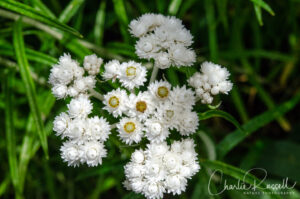
If you are driving through Washington you absolutely must take time to visit Mount St Helens National Volcanic Monument. The eruption that occurred here in 1980 was dramatic and catastrophic, and it completely changed the area. Even after 38 years, the effect of the eruption on the surrounding countryside is very evident.
There are three ways that you can approach Mount St Helens, each gives you a different view of the volcano and the effect it had on the countryside:
- Westside: This is probably the easiest approach if you want to learn about the volcano. There are visitor centers, views of the mountain and the crater, and a number of short hikes (as well as some very long treks). Take Highway 504 east from the town of Castle Rock (WA) on Highway 5. About 5 miles in you will find the Mount St Helens Visitor Center at Silver Lake, which has excellent displays as well as a movie about the eruption. About 40 miles further east of this there are several easy hikes, such as the Birth of a Lake Trail at Coldwater Lake, and the Hummocks Trail close by (which I’ll describe below). 6 miles past this is the Johnston Ridge Observatory, another visitor center with wonderful exhibits and amazing views of the volcano, as well as several hiking trails.
- Southside: Take Highway 503 east from the town of Woodland (WA) on Highway 5, then Forest Road 83 north. Here you will find Ape Cave (lava tubes) about 38 miles in, as well as several short hiking trails.
- Eastside: If you continue further east on Highway 503 to Forest Road 99 you come to the Eastside area, where you will find additional hiking trails (longer trails, usually) and you can get closer to Spirit Lake, where you can see the “log mat” of blown-down trees.
In the photo above you can see the blown-out crater of Mount St Helens, and some of the small glaciers in the crater. See that lump in the middle of the crater? That is the lava dome that is slowly expanding daily – this is still an active volcano!
On my visit we went to the Westside, and hiked at both Coldwater Lake and the Hummocks trail. The main draw here was the volcano, but we did find wildflowers. There is a mixture of native and non-natives here.
The Hike
The Birth of a Lake Trail is an easy 0.6 mile out and back trail on a boardwalk along the lake, starting at the Coldwater Lake picnic area. It is interesting to get a close look at the lake, and the “Hummocks” that poke up through the water. There weren’t many wildflowers here, though.
Just a bit further down the road was the Hummocks Trail, which was more interesting. The “hummocks” are hill-sized chunks of shattered volcano that are spread around the countryside. This 3 mile loop wanders through fern-filled gullies, along ponds and lakes, and across the dry, exposed hummocks. There are great views of Mount St Helens and the Toutle River, which carves a channel through the mud/ash flow that came from the eruption.
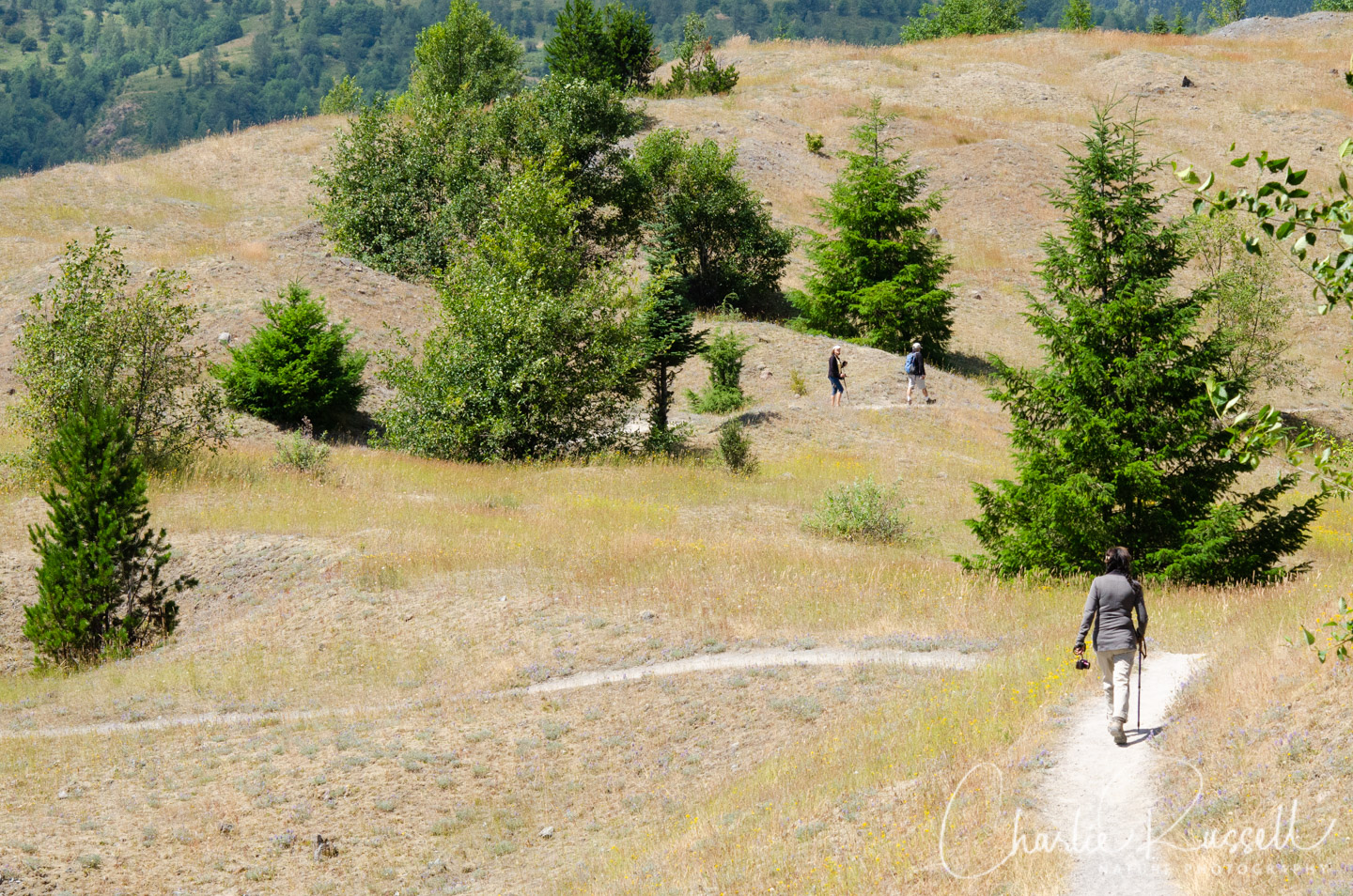

Here’s the track that we followed for the Hummocks Trail:
Hummock Trail
Profile
Description
Move your mouse along the elevation graph to show the location on the map. The Refresh icon will re-center the map. The Expand icon will expand to full screen.
Timing is Everything
This visit was in mid July. Temperatures were a bit warm for hiking in these exposed, dry trails, but they were tolerable. There were wildflowers at each of the places that we hiked, but you could tell that this was on the tail end of the good bloom at the Hummocks trail. The trails at the Johnston Ridge Observatory are at a higher elevation, so they were fresher, but that is an exposed and drier area.
The Flowers
Here’s a sample of a few of my favorites from this hike. There were quite a few non-native flowers on this hike.
Dwarf lupine is one of the first wildflowers to reclaim land after Mount St Helens erupted. This grows low to the ground, with small leaves that are very hairy. There are many different subspecies of this wildflower, I am not sure which one this is.
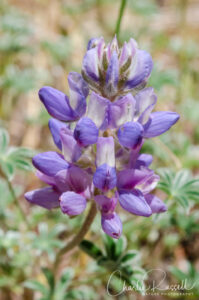
There are several species of Penstemon in the area, but Turtlehead is not officially a member of that genus, even though it looks like it should be. We found this in several different locations, ranging from dry volcanic sand along the trail to wetter spots in the fern gullies. This has a long trailing stem with opposite leaves.
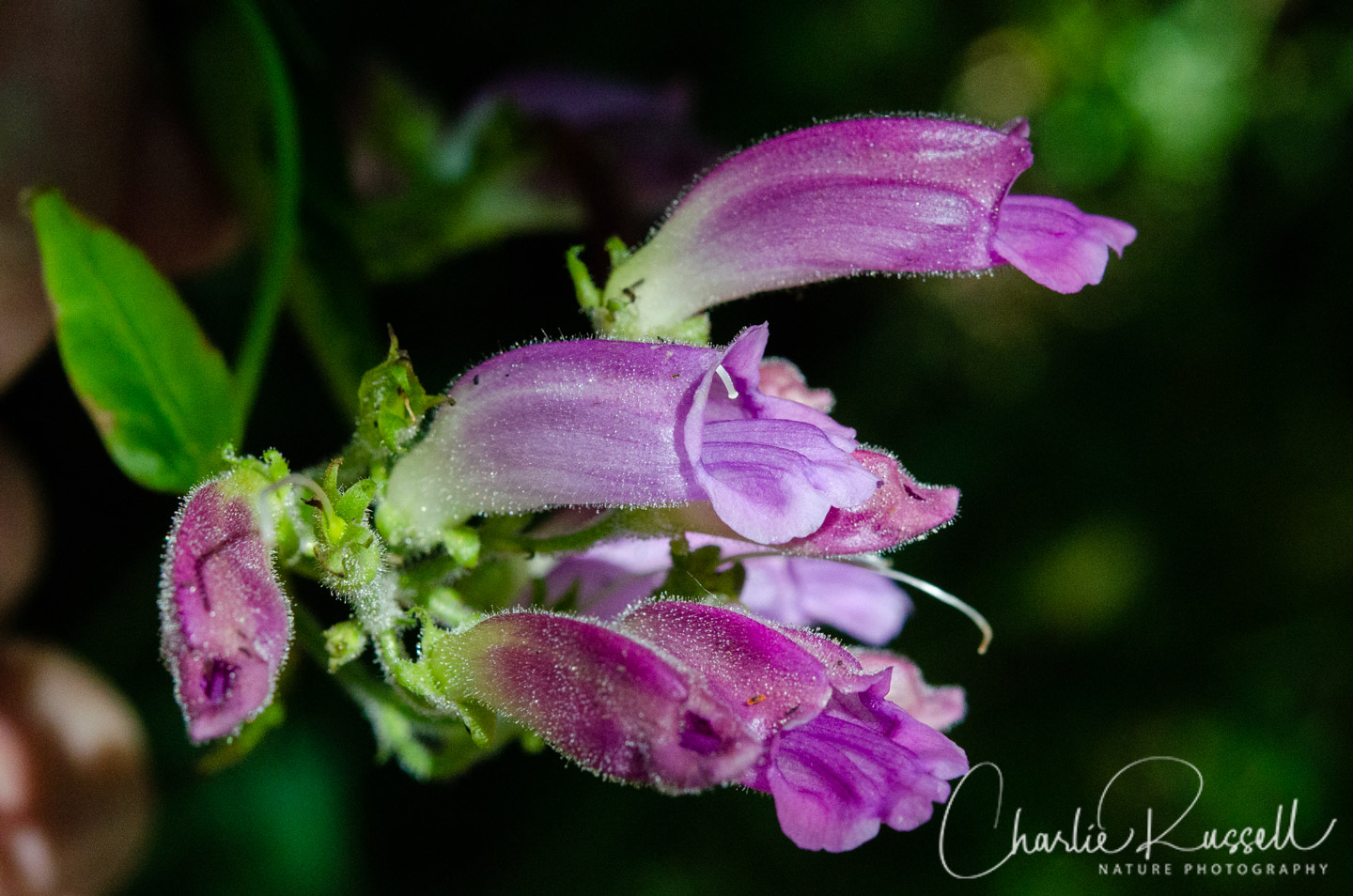
For the best viewing experience, click on the lightbox image below, and you can scroll through larger versions of the photos of many of the plants (and other things) that we found on this hike. All photos are available for purchase in a variety of formats.
Mount St Helens Wildflowers
Here’s a listing of the native plants that we found on this visit.
- Candy flower, Claytonia sibirica
- Cardwell’s Penstemon, Penstemon cardwellii
- Douglas’s spiraea, Spiraea douglasii
- Dwarf lupine, Lupinus lepidus
- Fireweed, Chamerion angustifolium
- Large-Leaved Lupine, Lupinus polyphyllus
- Pearly Everlasting, Anaphalis margaritacea
- Scarlet paintbrush, Castilleja miniata
- Small-Flowered Forget-Me-Not, Myosotis laxa
- Turtlehead, Nothochelone nemorosa
- Yellow monkey flower, Erythranthe guttata
The following are non-native plants that we found on the hike as well:
- Bird’s-Foot Trefoil, Lotus corniculatus
- Common Centaury, Centaurium erythraea
- Common St. John’s Wort, Hypericum perforatum
- Foxglove, Digitalis purpurea
- Oxeye daisy, Leucanthemum vulgare
- Queen Anne’s Lace, Daucus carota
- Redstem storksbill, Erodium cicutarium
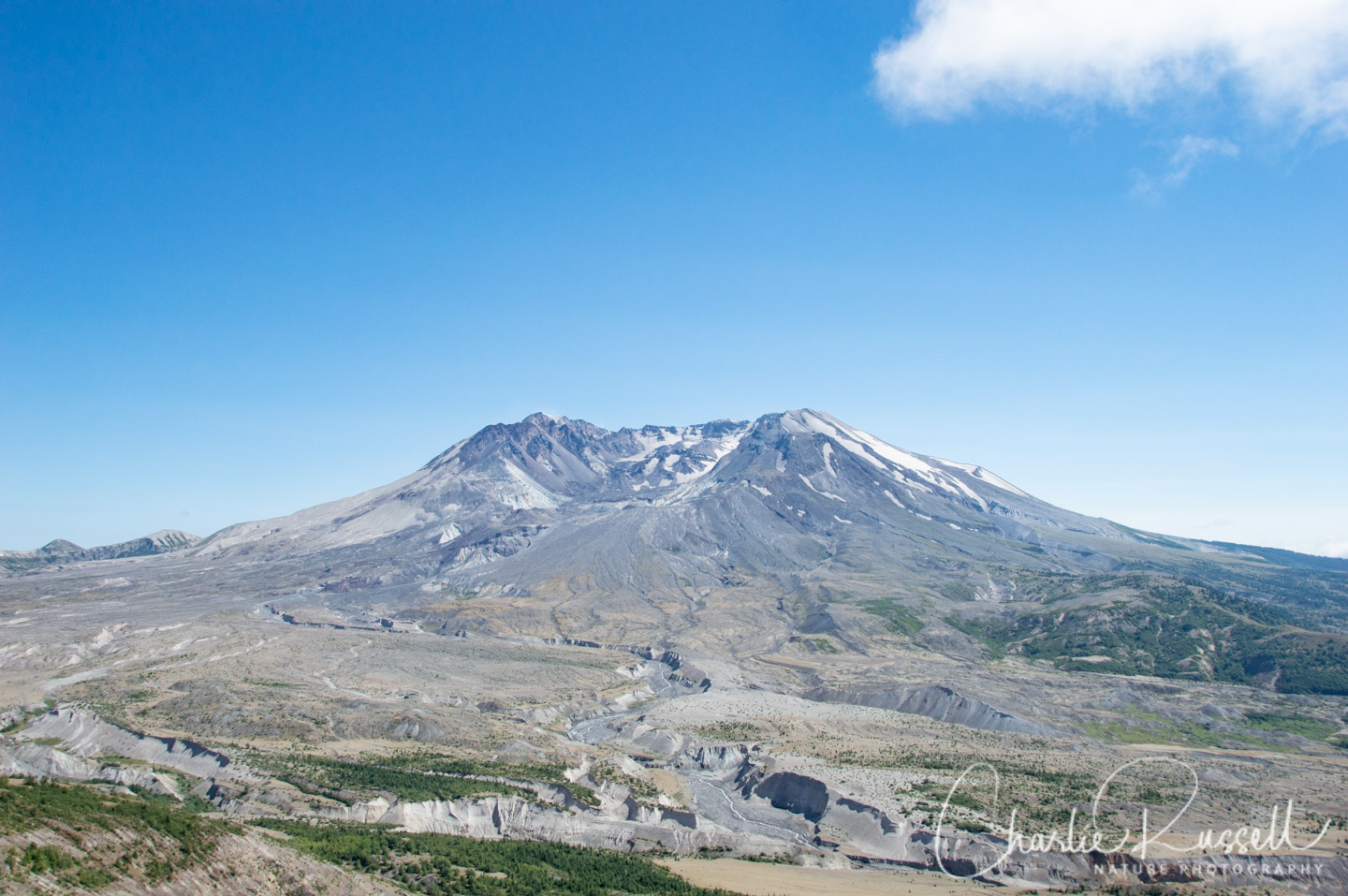

























0 Responses
Thank You